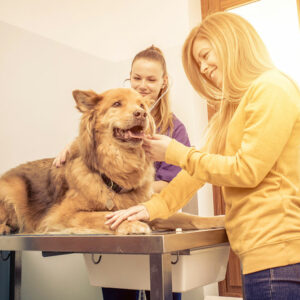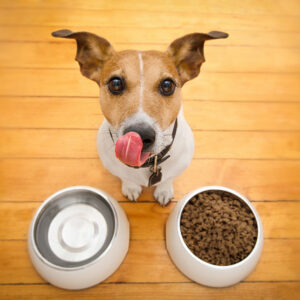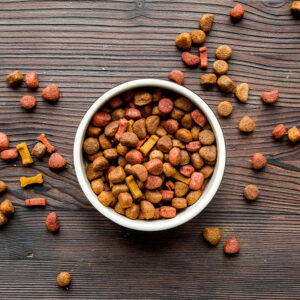
01
Home remedies and management options for joint pain in dogs
Just like humans, dogs also start to experience joint pain when they reach a certain age. In some cases, certain specific ailments could lead to early joint pain. Poor lifestyle habits and food choices may also cause joint pain. Recognizing the discomfort in pets and seeking veterinary help as soon as possible is vital. While prompt medical treatment helps, a few home remedies and lifestyle changes with the treatment plan are also advised. Here’s what can be done: 1. Giving pets wholesome meals Some specific foods have nutrients known to help build stronger joints. Here are some important nutrients and properties that food sources must possess to reduce joint pain: Foods rich in omega-3 fatty acids Studies suggest chronic low-grade inflammation is one of the biggest reasons for joint conditions like arthritis in dogs. Omega-3 fatty acids are known for their anti-inflammatory properties, which help young pups remain in good shape for a long time and help older dogs manage their joint pain well. Using fish oil as a supplement is recommended to help with this issue. However, green-lipped mussels are another source of omega. Foods rich in protein They are the building blocks of the muscles. While joint health is related to bone, it is also essential to focus on the muscles and soft tissues surrounding the bones. When the muscles around the body are strong, they can help take the body’s weight off the joints. There are fewer chances of injury, and the dog can go on walks and do activities without pain. Some of the best protein sources for dogs include turkey, chicken, fish, lamb, duck, venison, beef, and rabbit. Foods with anti-inflammatory properties These include turmeric, blueberries, sweet potatoes, spinach, pumpkin, and fresh ginger root. Inflammation is a trigger for joint pain, so making sure to add these ingredients to the dog’s meals will help manage their health.
Read More 








